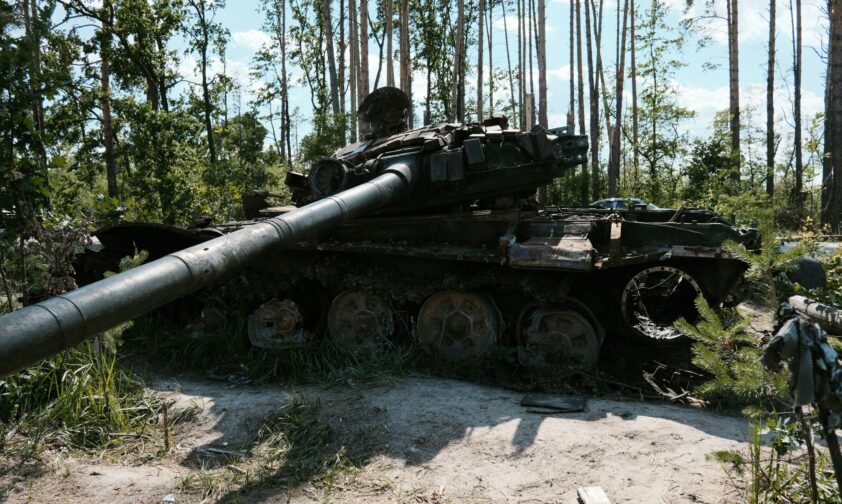
TRUMP ADMIN’S UKRAINE PLAN MATCHES AMERICAN NATIONAL INTERESTS
As President Trump announces the beginning of negotiations to end the war in Ukraine, it’s clear that a new phase in U.S. foreign policy is unfolding. Ukrainian President Volodymyr Zelensky is set to meet with senior U.S. officials, including Vice President JD Vance, at the Munich Security Conference. In interviews, Zelensky has made it clear that Ukraine is open to peace talks, but only if its foreign backers, particularly the United States, provide a security guarantee.
However, Zelensky’s demands underscore the significant divergence in interests between Ukraine and the United States. While Ukraine’s top priority is winning the war or negotiating a peace that favors its territorial integrity, the United States’ primary objective is to stop blood from being shed and end the war with as little risk to American security as possible―not to permanently protect Ukraine with its troops. This fundamental difference in priorities has always been present but becomes especially pronounced now as the Trump Administration pushes forward with its vision for peace, which calls for realistic and restrained solutions―often at odds with Ukraine’s idealized vision of victory.
One key issue is Ukraine’s NATO ambitions. Zelensky continues to press for Ukraine’s membership in the alliance. As Secretary of Defense Pete Hegseth stated, the United States believes NATO membership for Ukraine is an unrealistic goal. It’s not just the U.S. that is hesitant to entertain this idea―most of NATO is unwilling to offer membership to Ukraine due to the enormous security obligations that would come with it, particularly the risk of triggering a direct confrontation with Russia. While countries like the UK, Poland, and the Baltic States might be more open to Ukraine’s NATO integration, much of the alliance remains opposed.
For America, the risk of military conflict escalating into a nuclear showdown with Russia is simply too great to entertain the notion of Ukrainian NATO membership. The U.S. may view Ukraine’s struggle as important, but it is not worth the potential for a direct military clash with a nuclear-armed adversary. The U.S. wants peace, not a prolonged conflict that increases the likelihood of catastrophic escalation.
In response to this reality, foreign policy restrainers are pushing for a shift in perspective―one that prioritizes armed neutrality for Ukraine. By avoiding formal military alliances and focusing on rebuilding its own defenses, particularly through the acquisition of defensive weaponry like anti-tank and anti-air systems, Ukraine could make it clear to Russia that any future aggression would be too costly. This approach would allow Europe to take the lead on Ukraine’s security, reducing the U.S.’s direct involvement, while still providing Ukraine with the support it needs to defend itself.
In the end, the best security guarantee for Ukraine may not come from a distant military alliance but from its own ability to defend its borders. By embracing a more self-reliant security strategy, Ukraine can move toward a sustainable and mutually acceptable peace, while the United States can focus on its own priorities without being dragged deeper into the conflict. President Trump’s approach, combined with his administration’s clear-eyed realism, is ultimately a step toward securing a lasting peace for Ukraine and ensuring that the U.S. avoids unnecessary risks in an increasingly dangerous conflict.
Join Concerned Veterans for America in calling for a new approach to U.S. foreign policy today.




